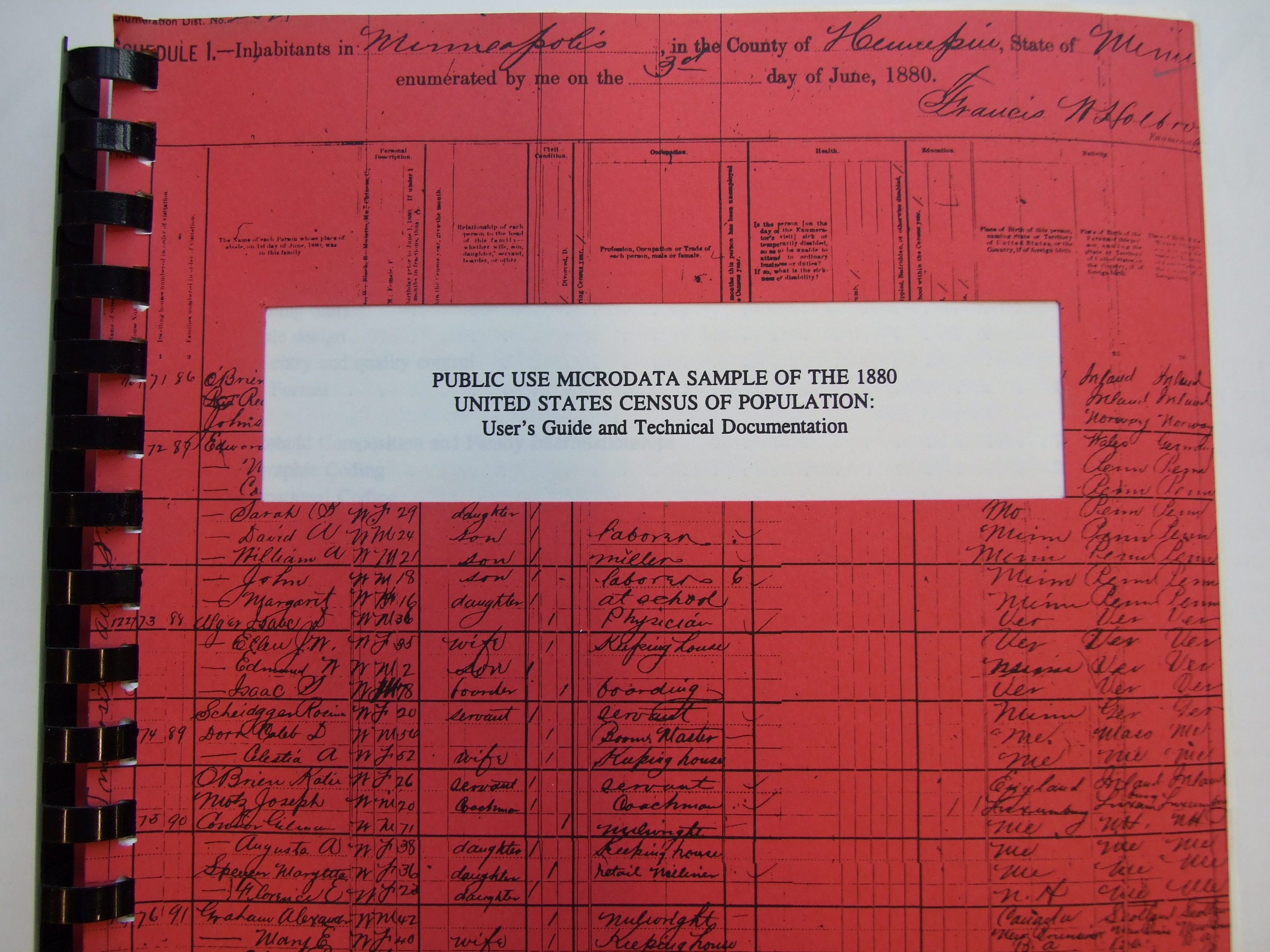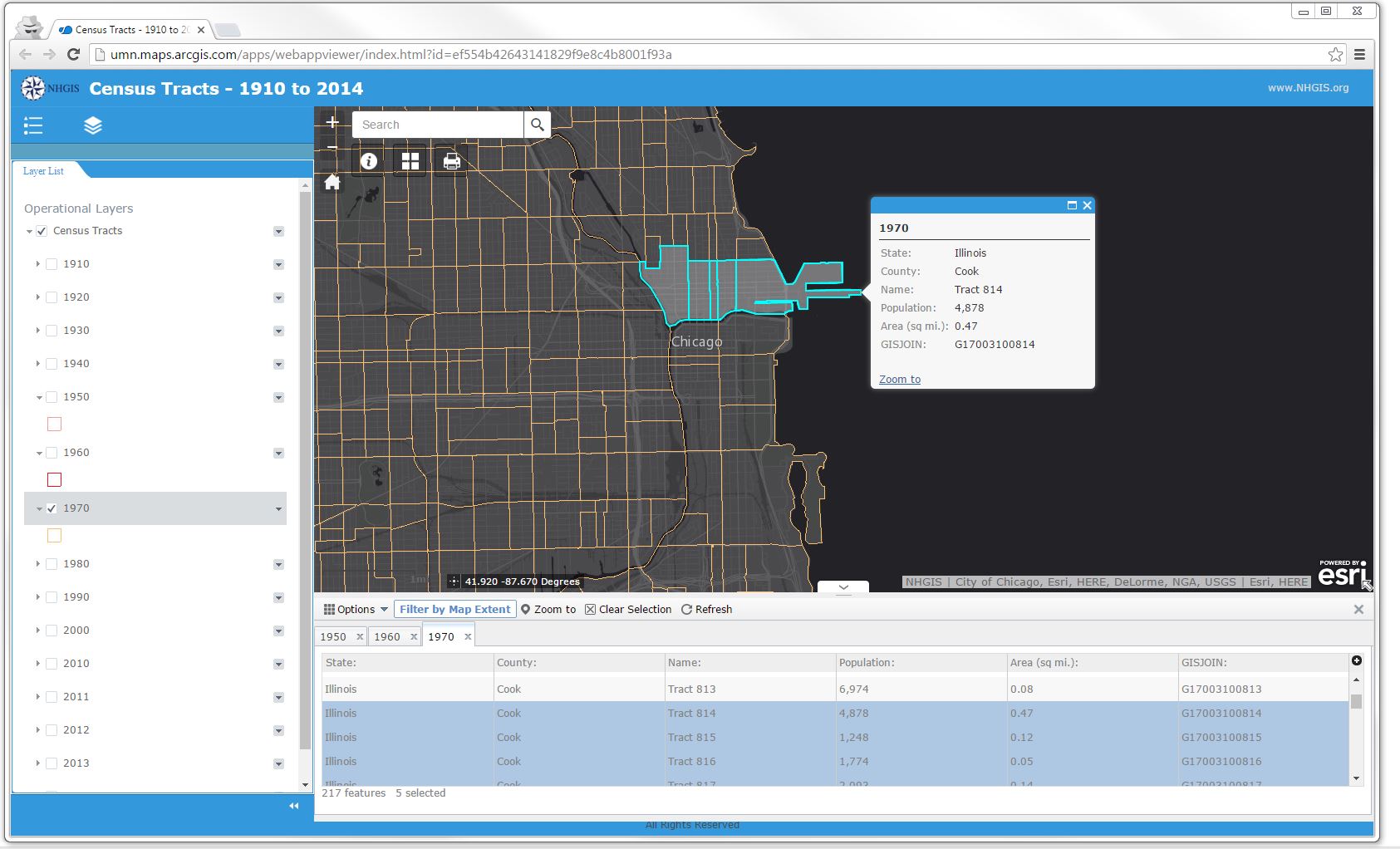
Bethel University Professor of History Diana L. Magnuson is documenting the growth of the Minnesota Population Center. Believing that preserving institutional memory is vital, the Center is supporting Magnuson’s work to capture oral histories of past and present MPC faculty and staff.
This is the first in a three-part series, featuring oral histories from John Adams, Todd Gardner, Dianne Star, and Dan Kallgren which offer a glimpse of the MPC before it was the MPC.


